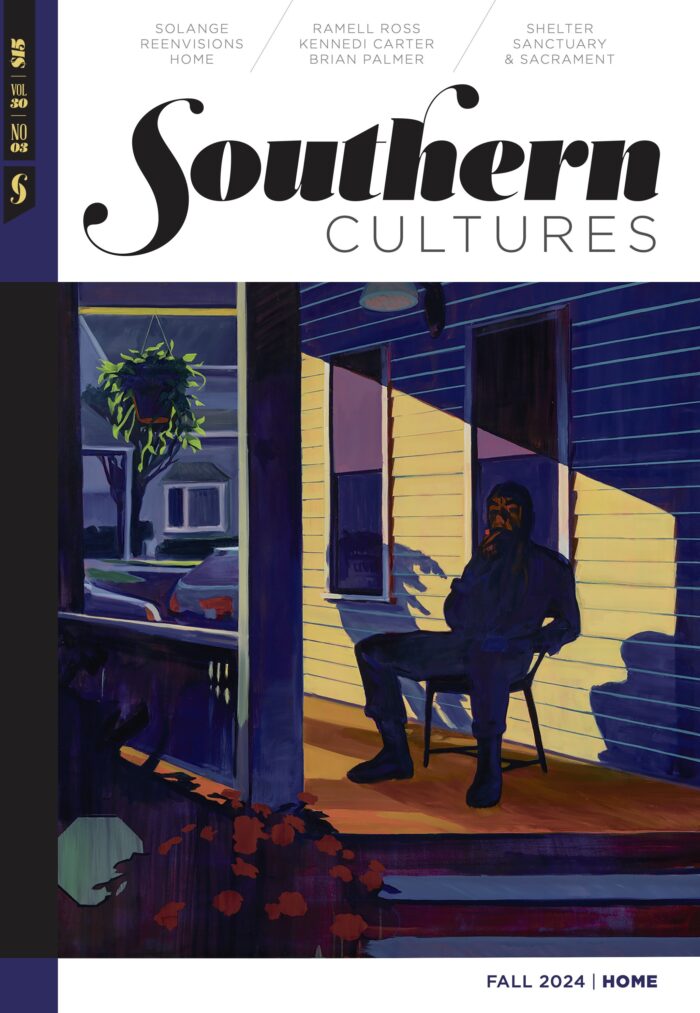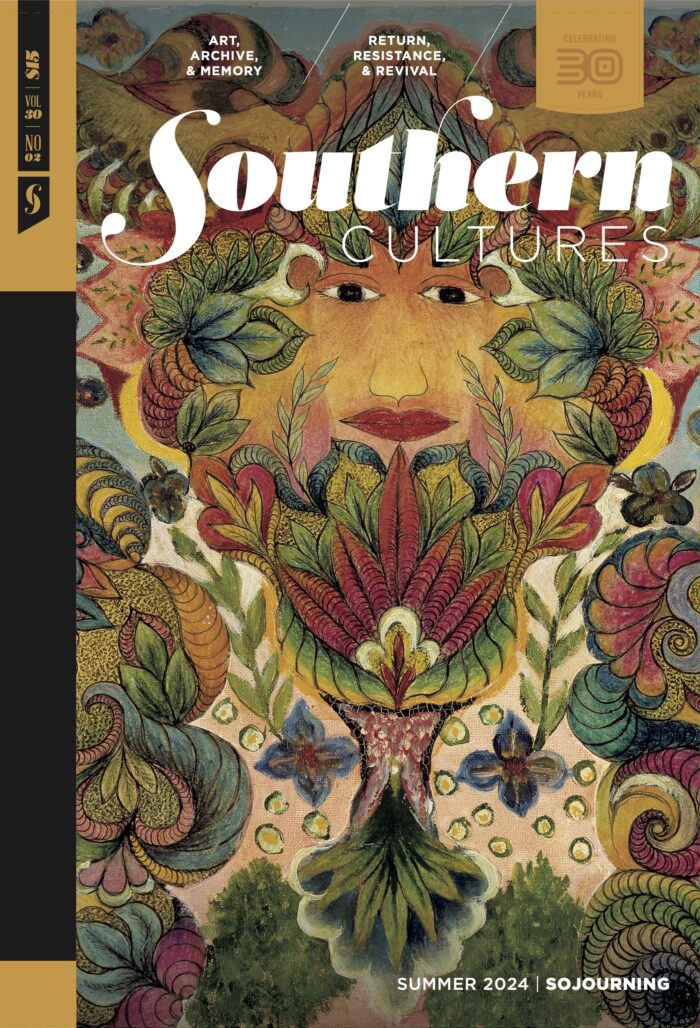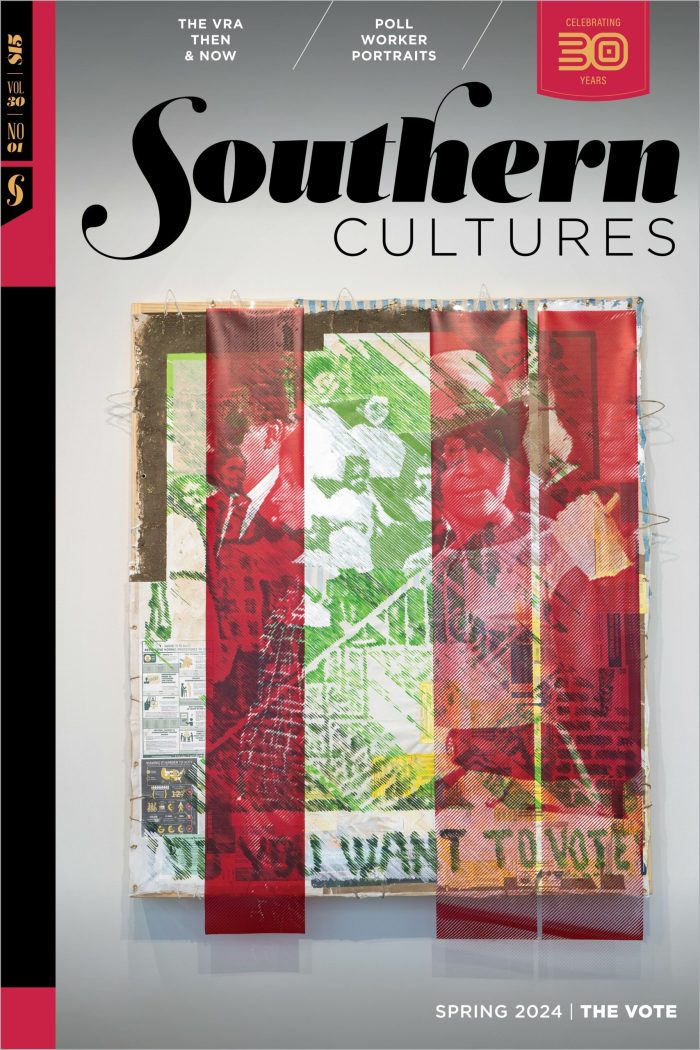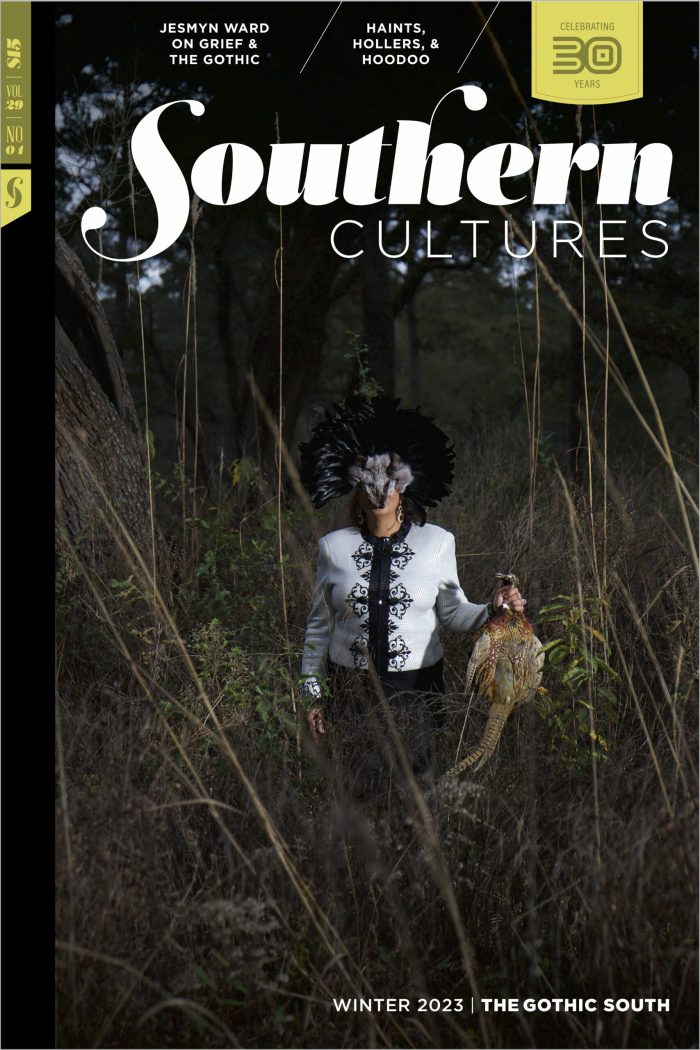Essay
The Future of Textiles
by Natalie Chanin,
Olivia Ware Terenzio
What is the future of textiles? Read news headlines, from business to environment to fashion, and you would be justified in pointing to the movement of nearly all textile production overseas, where supply chains are opaque and workers are often exploited; the prevalence of synthetic and toxic materials; and the massive and devastating volume of »
Essay
by Joseph "Chip" Hughes
“We were accused of killing both the cotton and textile industries based on our campaigns to raise critical issues of worker health, union representation, environmental protection, and civil rights.” It may have been us who killed the textile industry, at least according to a number of the cotton mill owners who operated across the South »
Art
by Libby O'Bryan
“In general, local, artisanal, values-based makers are in constant struggle to validate their craft. Textiles, especially, are up against large global labor markets that have trained consumers to buy more disposable goods for less money.” After a career as a textile buyer and production manager in New York City’s Garment District and after seeing so »
Photo Essay
by Maurice Bailey,
Nik Heynen,
Rinne Allen
We came together on Sapelo Island through a vision of how heritage agriculture could help try to save a culture; we came together because Cornelia Walker Bailey had this vision, and this vision required us to work together. We started this work from the conviction that geography, culture, and history are always dyed, stitched, and »
Interview
Collecting and Connecting for a Sustainable Future
by Rebecca Burgess,
Natalie Chanin
“When one region is down, we support them, when we’re down, we receive that support.” Fibershed is a non-profit that fosters regional networks, with a stated focus to build local textile economies, grow climate-beneficial agriculture, and support education and advocacy. Project Threadways started the Southeast Fibershed affiliate to connect growers, producers, and makers across the »
Essay
Fashion, Waste, and Microplastics
by Makalé Cullen
The future of fashion is inside us. We will—we are—wearing nanofibers internally, purchased not from a rack, but at the grocer’s, the fishmonger’s, the restaurant. Our identities, which we have adorned with plant and animal fibers for more than three hundred thousand years, will no longer only drape over us, they will become us—worn inside. Meet Fashion »
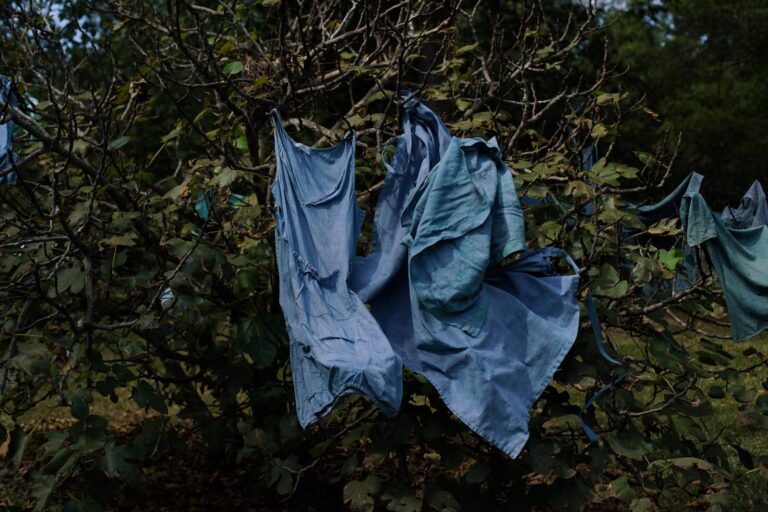 credit: Rinne Allen
credit: Rinne Allen
Essay
Adaptive Reuse and Historic Value
by Elijah Gaddis
“The Loray had been in operation for almost a century, changing its products and expanding or retrofitting its buildings to meet the evolving demands of the southern textile industry.” In 1993, Bill Passmore started taking photographs of his coworkers at the Firestone plant, formerly called the Loray, in Gastonia, North Carolina. He cataloged the spaces »
Interview
Berea Student Craft
by Emily Hilliard,
Erin Miller,
Emerson Croft
“If this was truly Student Craft and it was meant to reflect the students’ work and they were going to find joy in the process, they had to have some ownership over what was happening. So, we started with the Rainbow Baby Blanket.” Berea College, located in the foothills of Appalachian Kentucky, was founded in »
Interview
Beading and Legacy in New Orleans
by Marwan Pleasant,
Natalie Chanin,
Olivia Ware Terenzio
“I’m the Flag Boy. I love the position. I embrace it a lot. It is just like a whole character. It’s a spirit that takes over you on Mardi Gras Day.” Marwan Pleasant was born in New Orleans, Louisiana, where he grew up masking as a Mardi Gras Indian in the Golden Eagles tribe. Pleasant »
Back Porch
by Marcie Cohen Ferris
“My hand-pieced quilts and many pairs of gifted mittens and socks reinforced both my connection to generations of talented women before me and the post-1970s second-wave feminism I longed to represent in my daily life and actions.” I bought it in my early twenties—a bright red cotton T-shirt with the emblem “Women’s Radical Sewing Society.” I had »
Poetry
late fall 1849, eastern maryland
by Saida Agostini
“I run towards the woods like a young girl in love” I run towards the woods like a young girl in lovethe ground crisp with frost my breathexultant and whiteI spent the night before praying in an empty fieldstalks of cotton reaching towards dark skyclouded with rain and thunder I wakein early dawn dress drenched head clangingwith a familiar ache and there »
Snapshot
Marshall, North Carolina
by Nica Rabinowitz
At the Fiberhouse Collective in Marshall, North Carolina, we envision a future of textiles that is place-based: a textile economy that supports small-scale farmers and producers while benefiting soil health and community resilience. Fiberhouse Collective encompasses twenty-two acres in the Blue Ridge Mountains. We host an artist residency in our eight-sided canvas cabin, which also »
Snapshot
Lafayette, Louisiana
by Sharon Gordon Donnan
Acadian Brown Cotton or Gossypium hirsutum is an eco-variety upland cotton originating in the Yucatan peninsula of Mexico. It is uncertain how or when it arrived in Louisiana, but there is a long, well-documented history of its use. Archives, oral histories, and photographs reveal how beautiful blankets were woven as dowry gifts for more than two hundred »
Snapshot
Asheville, NC
by Judi Jetson
The textile industry was swept along by the Industrial Revolution during the late 1700s and early 1800s, changing from a cottage industry to one where inventions like the spinning jenny, cotton gin, and power looms created more efficient production and more jobs. During the twentieth century, jobs and production shifted from the developed world, like »
Snapshot
Atlanta, GA
by Keisha Cameron
I’ve long been fascinated by the creation and craftsmanship of the materials that fashion relies on, as well as the meaning and beauty in how we choose to adorn ourselves and our spaces. To me, fiber is more than a commodity or resource, it is a canvas for expressing our values, histories, and hopes. All »
Snapshot
Durham, NC
by Courtney Lockemer
For a century, North Carolina was a hub of the US textile industry. Since the 1980s, much of that industry has been lost to offshoring, and our state is dotted with massive, hollowed-out brick mills and the hollowed-out hamlets once supported by them. But our region still offers an abundance of textile resources. Our moderate »
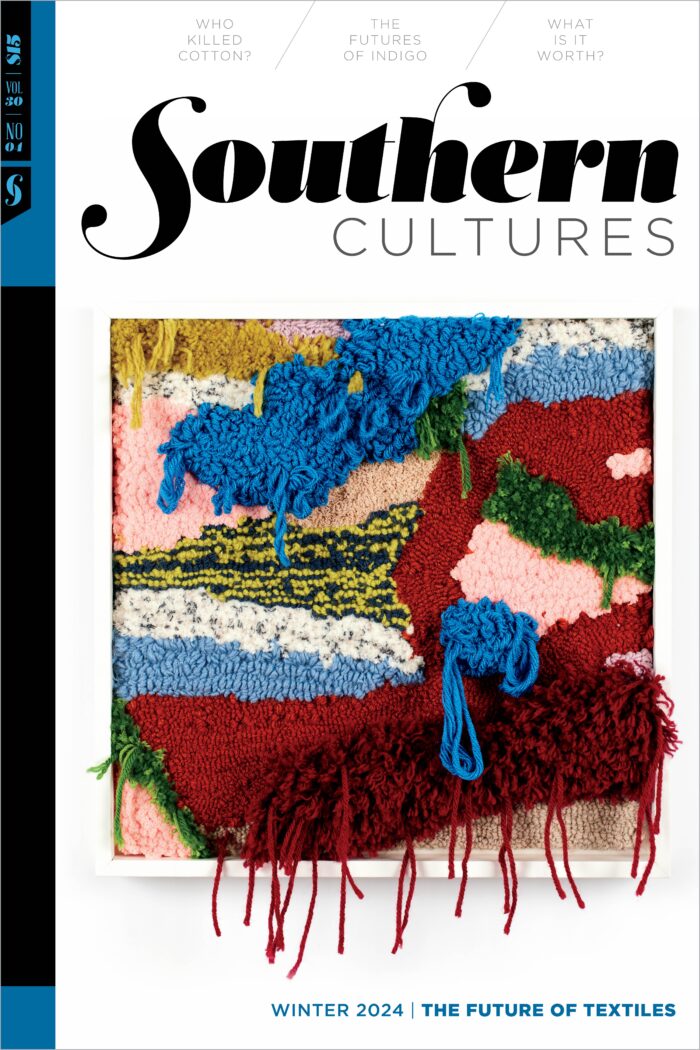

 credit: Rinne Allen
credit: Rinne Allen
